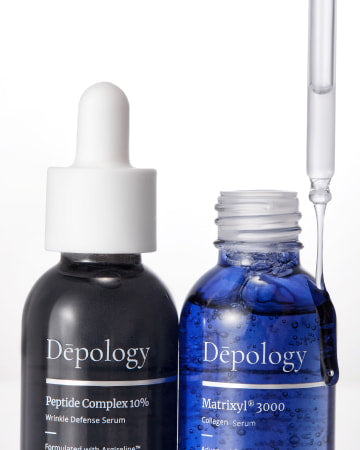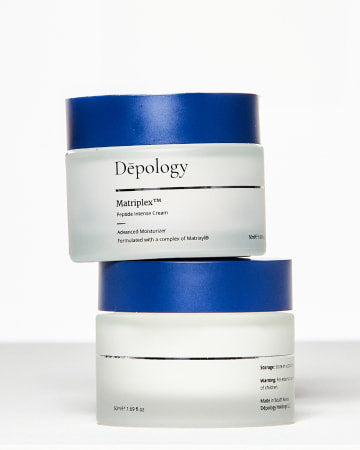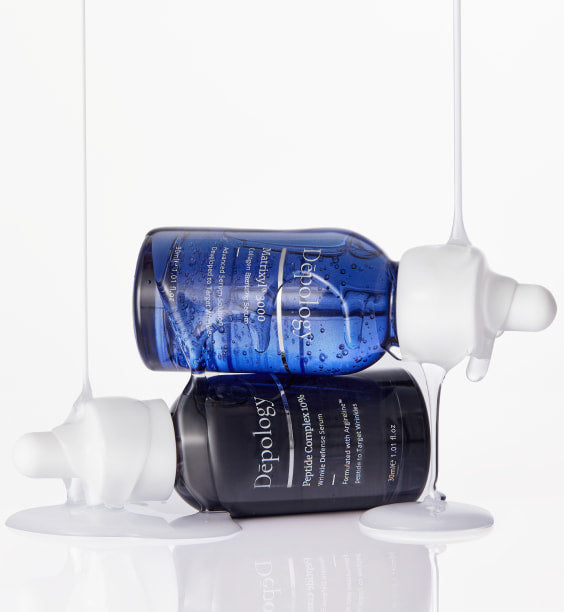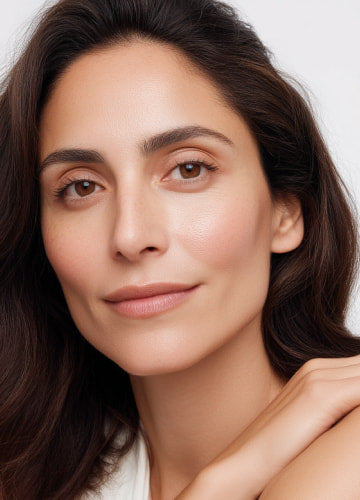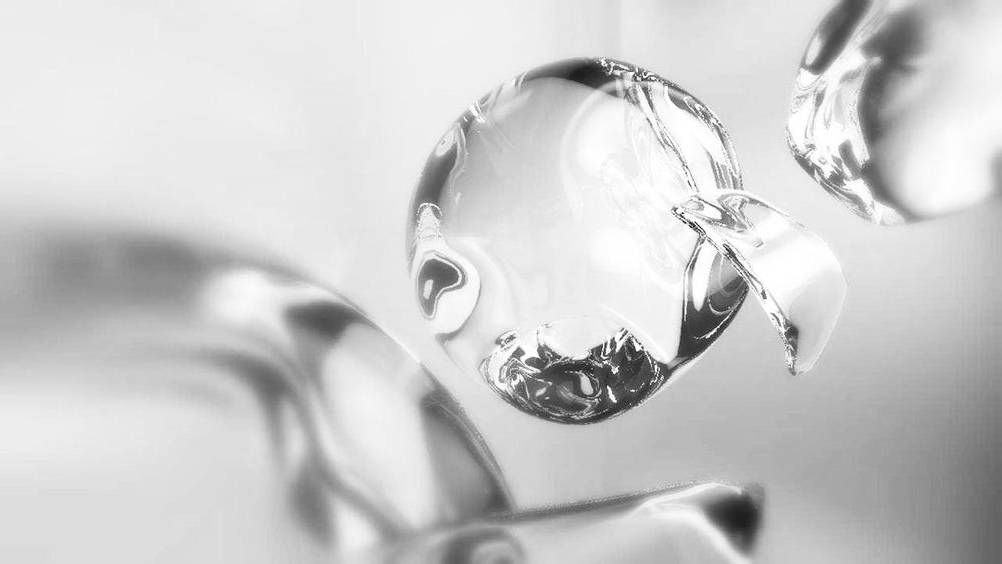
Can I Use Glycolic Acid Everyday? - Benefits, Pairing , FAQ
How often you use Glycolic Acid really depends on your skin type, your tolerance, and your age. Glycolic acid is an alpha hydroxy acid (AHA) that dissolves the bonds between dead skin cells on the face, allowing them to be wiped away easily, revealing smoother and younger skin. Now, the important thing to remember is, glycolic acid comes in various concentrations. If you’re starting afresh with AHAs, we recommend using them just once or twice a week. But as your skin becomes used to the ingredients, you can boost the frequency until you reach nightly use.



